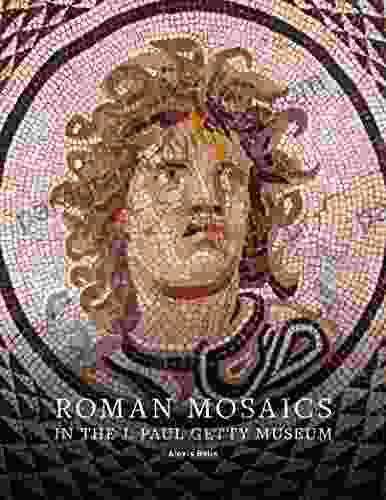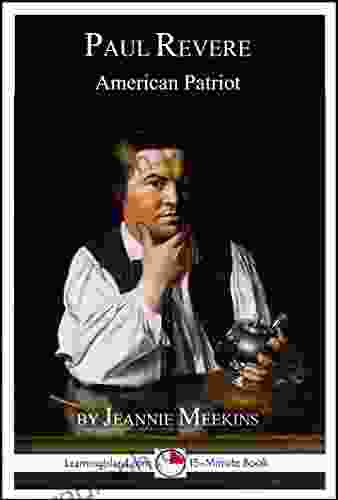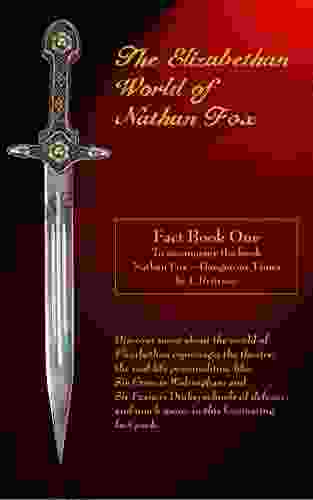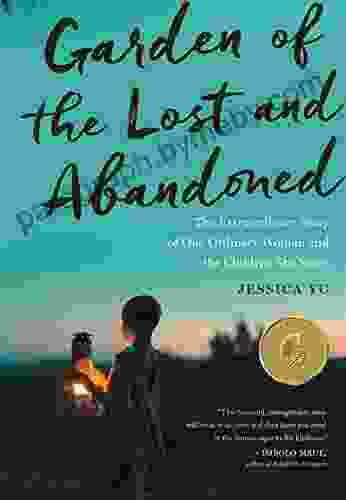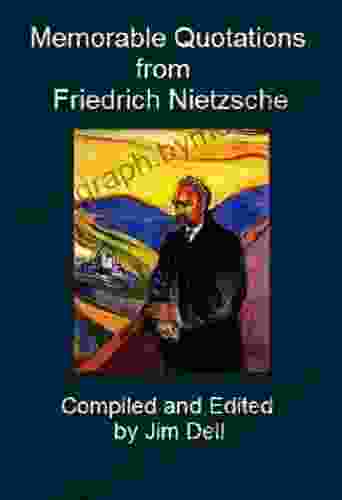The Captivating World of Ancient Art: Unveiling Roman Mosaics in the Paul Getty Museum

Uncover the Intricacies of Roman Mosaics at the Paul Getty Museum
Step into the hallowed halls of the renowned Paul Getty Museum, where an extraordinary collection of Roman mosaics awaits your exploration. These captivating masterpieces, frozen in time for centuries, are a testament to the artistry and ingenuity of ancient craftsmen. Immerse yourself in the intricate details and vibrant colors that adorn these mosaic floors, revealing the rich narratives and hidden stories of a bygone era.
A Journey Through Time: Exploring the Paul Getty Museum's Mosaic Collection
The Paul Getty Museum boasts a diverse and comprehensive collection of Roman mosaics, encompassing a wide range of subjects and styles. From serene landscapes to mythological scenes and captivating portraits, each mosaic offers a glimpse into the daily lives, beliefs, and imaginations of the ancient Romans.
Stroll among these exquisite works and marvel at the exquisite depictions of everyday objects, such as musical instruments, household items, and animals. Witness the mastery of mosaicists as they meticulously place tiny tiles, known as tesserae, to create lifelike figures and breathtaking architectural details.
4.2 out of 5
| Language | : | English |
| File size | : | 28114 KB |
| Text-to-Speech | : | Enabled |
| Screen Reader | : | Supported |
| Enhanced typesetting | : | Enabled |
| Print length | : | 72 pages |
The Creation of Mosaics: A Labor of Ingenuity
Roman mosaics were not mere decorative elements; they were expressions of cultural identity and artistic prowess. The creation of these intricate artworks involved a collaborative effort between skilled craftsmen, each contributing their specialized techniques.
First, the mosaic design was drawn onto a prepared subfloor, guiding the placement of the tesserae. These small, geometric shapes were made from various materials, including marble, glass, and ceramic, and their colors were carefully selected to create vibrant and realistic images.
Using tweezers or specialized tools, mosaicists meticulous arranged the tesserae, pressing them into an adhesive bedding to secure their position. The process demanded great precision and attention to detail, as even the smallest misalignment could disrupt the overall harmony of the design.
The Significance of Roman Mosaics: Storytelling and Social Identity
Beyond their aesthetic appeal, Roman mosaics served as powerful tools for communication and self-expression. They adorned the floors of public buildings, religious temples, and private homes, conveying stories, messages, and information to those who beheld them.
Depictions of mythological figures, such as Hercules, Bacchus, and Aphrodite, reflected the Romans' fascination with Greek culture and their belief in the divine. Mosaics also celebrated the triumphs of Roman emperors and showcased the grandeur of their architectural achievements.
In private homes, mosaics offered a glimpse into the social status and personal preferences of their owners. They depicted scenes of daily life, hunts, banquets, and rural landscapes, providing insights into the aspirations and lifestyles of the Roman elite.
The Techniques and Materials of Roman Mosaics
The art of Roman mosaics flourished for centuries, and throughout that time, various techniques and materials were employed. These included:
- Opus Tessellatum: The most common technique, using small, uniform tesserae to create intricate designs and realistic figures.
- Opus Vermiculatum: A more refined technique, using tiny, irregularly shaped tesserae to produce delicate and nuanced shading.
- Opus Sectile: Incorporating larger pieces of cut marble or stone to create geometric patterns or architectural details.
- Opus Musivum: Using glass tesserae to create shimmering effects and vibrant hues.
Materials used in Roman mosaics varied depending on availability and region. Marble, limestone, and glass were widely employed, while less common materials, such as ivory, mother-of-pearl, and semi-precious stones, added a touch of opulence and refinement.
The Paul Getty Museum: A Sanctuary for Ancient Art
The Paul Getty Museum has long been recognized as a leading institution for the preservation and study of ancient art. Its exceptional collection of Roman mosaics is a testament to the museum's commitment to showcasing the artistic achievements of antiquity.
In the Getty Villa, a beautiful recreation of a Roman country house, visitors can experience the immersive beauty of Roman mosaics in their original context. The villa's central atrium, peristyle courtyard, and dining room are adorned with stunning mosaics that depict scenes from mythology, everyday life, and nature.
Embracing the Legacy: Inspiring Contemporary Art and Design
The enduring legacy of Roman mosaics continues to inspire contemporary artists and designers. Their intricate patterns and vibrant colors have found their way into modern architecture, interior design, and even fashion.
From grand public spaces to private homes, Roman mosaics have become a symbol of timeless beauty and artistic excellence. They serve as a reminder of the enduring power of human creativity and the ability of art to transcend the boundaries of time.
: The Paul Getty Museum's Roman Mosaics: A Treasure for All Time
The Roman mosaics housed within the Paul Getty Museum are an invaluable treasure, offering a glimpse into the artistic brilliance and cultural heritage of an ancient civilization. They are a testament to the enduring power of art and its ability to inspire and captivate generations to come.
Whether you are an art enthusiast, a history buff, or simply someone who appreciates the beauty of human creativity, the Paul Getty Museum's Roman mosaics are an essential destination for your exploration. Immerse yourself in their intricate details, unravel their hidden narratives, and witness the enduring legacy of an artistic tradition that has stood the test of time.
4.2 out of 5
| Language | : | English |
| File size | : | 28114 KB |
| Text-to-Speech | : | Enabled |
| Screen Reader | : | Supported |
| Enhanced typesetting | : | Enabled |
| Print length | : | 72 pages |
Do you want to contribute by writing guest posts on this blog?
Please contact us and send us a resume of previous articles that you have written.
 Book
Book Novel
Novel Page
Page Chapter
Chapter Text
Text Story
Story Genre
Genre Reader
Reader Library
Library Paperback
Paperback E-book
E-book Magazine
Magazine Newspaper
Newspaper Paragraph
Paragraph Sentence
Sentence Bookmark
Bookmark Shelf
Shelf Glossary
Glossary Bibliography
Bibliography Foreword
Foreword Preface
Preface Synopsis
Synopsis Annotation
Annotation Footnote
Footnote Manuscript
Manuscript Scroll
Scroll Codex
Codex Tome
Tome Bestseller
Bestseller Classics
Classics Library card
Library card Narrative
Narrative Biography
Biography Autobiography
Autobiography Memoir
Memoir Reference
Reference Encyclopedia
Encyclopedia Seth Casteel
Seth Casteel Jemma Westing
Jemma Westing Jeremy Paxman
Jeremy Paxman Katherine Blunt
Katherine Blunt Jess Tiffany
Jess Tiffany Jeff W Bens
Jeff W Bens Julia Anderson
Julia Anderson Jessica Marting
Jessica Marting Jessamyn Stanley
Jessamyn Stanley John French
John French Willy Lindwer
Willy Lindwer Jenna Helwig
Jenna Helwig Michele Leathers
Michele Leathers Jean Van Leeuwen
Jean Van Leeuwen Stuart Ross
Stuart Ross Karim Shamsi Basha
Karim Shamsi Basha Jean Menzies
Jean Menzies Kathryn Cave
Kathryn Cave Jessica Howard
Jessica Howard Jean Pederson
Jean Pederson
Light bulbAdvertise smarter! Our strategic ad space ensures maximum exposure. Reserve your spot today!
 Reginald CoxFollow ·2.2k
Reginald CoxFollow ·2.2k Dillon HayesFollow ·3.6k
Dillon HayesFollow ·3.6k Kenneth ParkerFollow ·7.4k
Kenneth ParkerFollow ·7.4k Isaac MitchellFollow ·2.5k
Isaac MitchellFollow ·2.5k Max TurnerFollow ·17.7k
Max TurnerFollow ·17.7k Ron BlairFollow ·15k
Ron BlairFollow ·15k Owen SimmonsFollow ·15.8k
Owen SimmonsFollow ·15.8k Charles ReedFollow ·3k
Charles ReedFollow ·3k
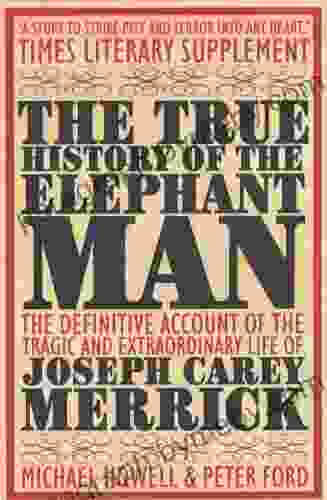
 Jeremy Mitchell
Jeremy MitchellUnveiling the Truth: The Captivating Saga of The Elephant...
Embark on a poignant journey through the...

 Marvin Hayes
Marvin HayesThe Day The World Came To Town: A Heartwarming Tale of a...
In the quaint...

 Hugh Bell
Hugh BellExplore the Avian Treasures of Wisconsin: A Review of...
Unveiling the Secrets of...
4.2 out of 5
| Language | : | English |
| File size | : | 28114 KB |
| Text-to-Speech | : | Enabled |
| Screen Reader | : | Supported |
| Enhanced typesetting | : | Enabled |
| Print length | : | 72 pages |


